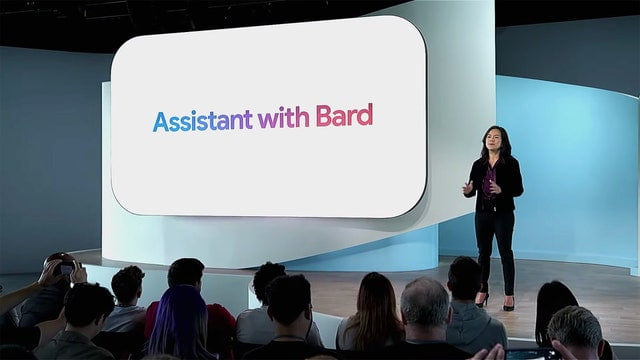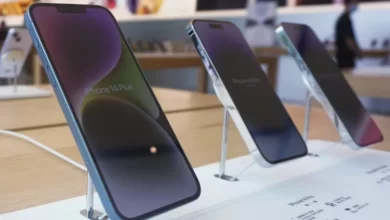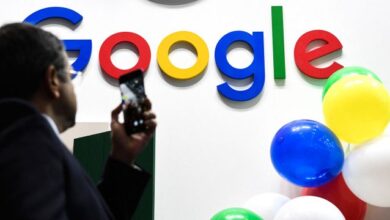Google compete with OpenAI's ChatGPT; introduced Generative AI features to various products
Google's virtual helper can now comprehend images and leverage data in documents, thanks to AI capabilities from chatbot Bard.

In an effort to compete with OpenAI’s ChatGPT, Google has introduced generative AI features to various products, from its search engine to the Android operating system. However, one major offering was left behind: Google Assistant. But now, the wait is over. Google has finally released an upgraded version of its virtual assistant that incorporates AI capabilities from chatbot Bard.
This new “multimodal” assistant goes beyond voice queries and can now make sense of images. According to Sissie Hsiao, Google’s vice president and general manager for Google Assistant, it can handle a wide range of tasks, from planning trips and summarizing emails to creating captivating social media captions for photos.
“If users really want that, if they’re looking to buy things through Bard, that’s something we can look into,” she said. “We need to look at how people want to shop with Bard and really explore that and build that into the product.”
The integration of generative AI into Google Assistant is still in its early stages, and the exact form it will take is yet to be determined. The upgraded assistant will utilize generative AI to process text, voice, and image queries, responding in text or voice format. Initially, it will be available only to approved users on mobile devices, with an opt-in requirement. On Android, it may appear as a full-screen app or overlay, while on iOS, it is expected to be integrated within certain Google apps.
One notable feature of the upgraded Google Assistant is its ability to engage in conversations about webpages that users are browsing on their phones. This integration of generative AI into virtual assistants raises questions about the eventual expansion of large language models across Google’s product range, potentially transforming how these products operate and how Google monetizes them.
The combination of Google Assistant and Bard allows for personalized help, along with the reasoning and generative capabilities provided by Bard. For example, the Assistant can help users locate and summarize emails, as well as answer questions about work documents. The integration also enhances the Assistant’s image comprehension powers, enabling users to request detailed information about a hotel or connect products in images with online stores. While the commercial integration of Bard results is yet to be implemented, Google is open to exploring user preferences and potential shopping features.
Although language models have improved AI assistants’ language skills, the successful implementation of voice assistants still requires diligent engineering. Additionally, as voice assistants become more capable and lifelike, users may need to be cautious about blindly trusting the technology and potentially misunderstanding its limitations. Furthermore, the collection of personal data for personalization purposes brings about both opportunities and risks for user privacy and data security.
While Google continues to explore the possibilities of virtual assistants and generative AI, further advancements may involve incorporating personal information to provide more personalized responses and even having the Assistant perform tasks such as restaurant reservations. However, Google emphasizes that thorough testing and user feedback will be essential to ensure the technology’s trustworthiness and usability in the future.




